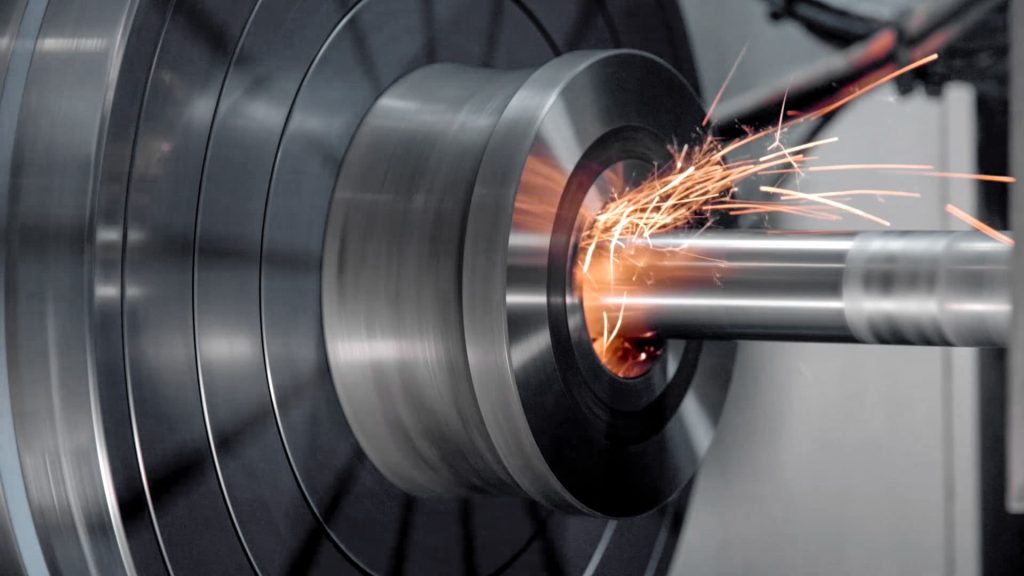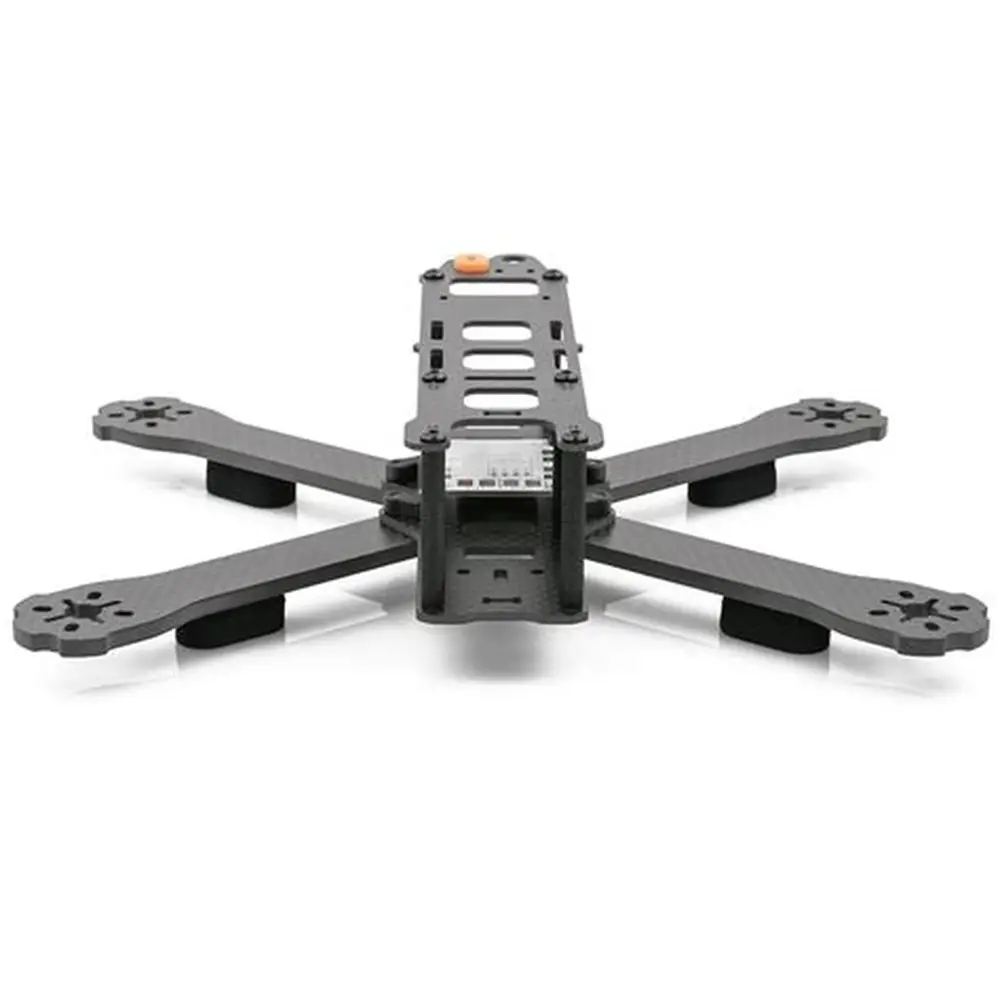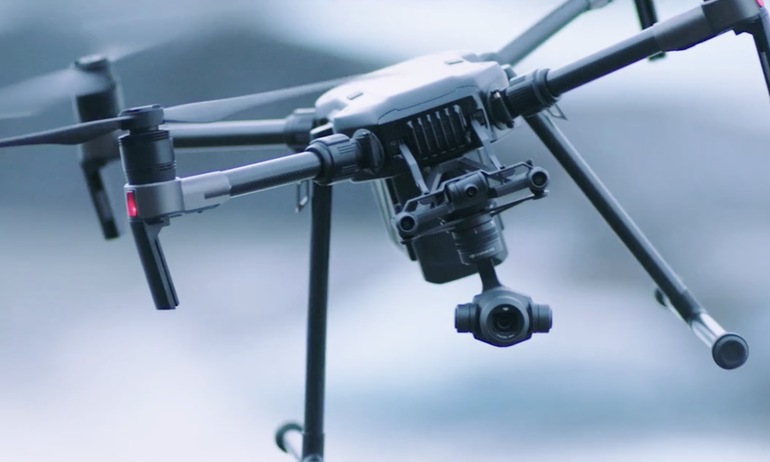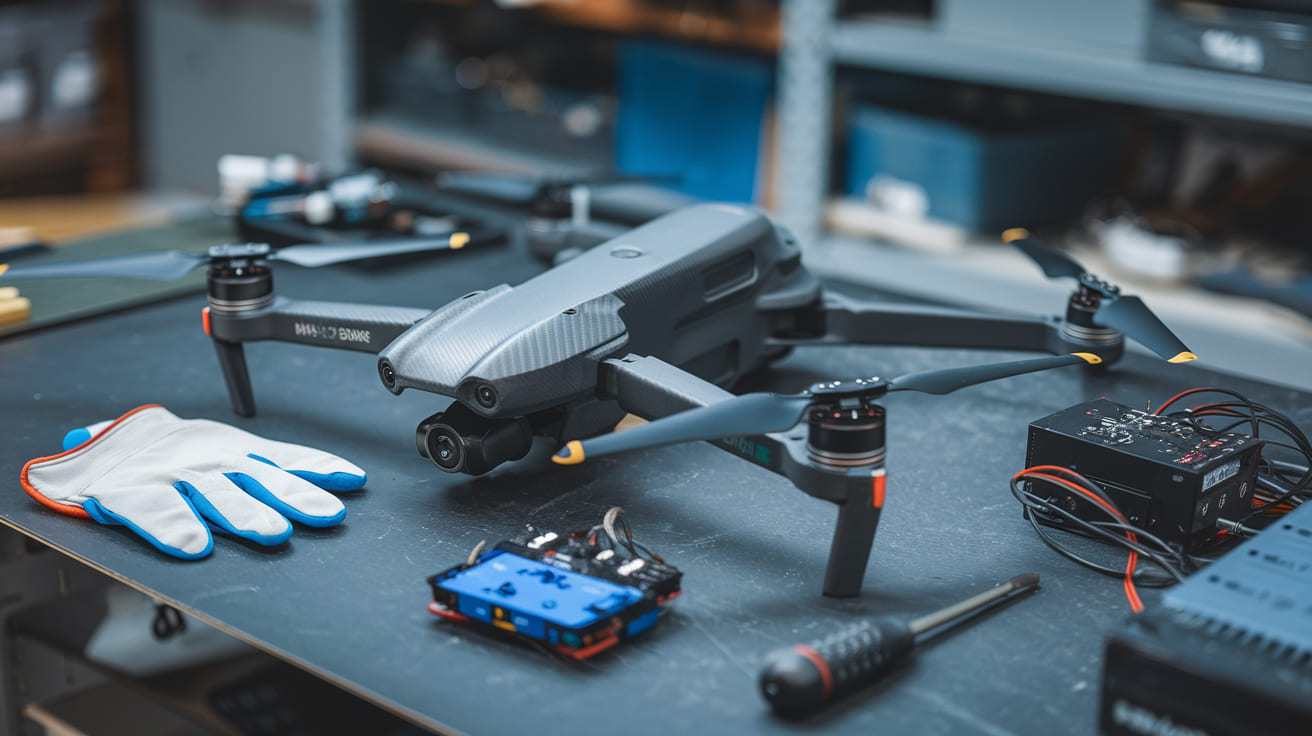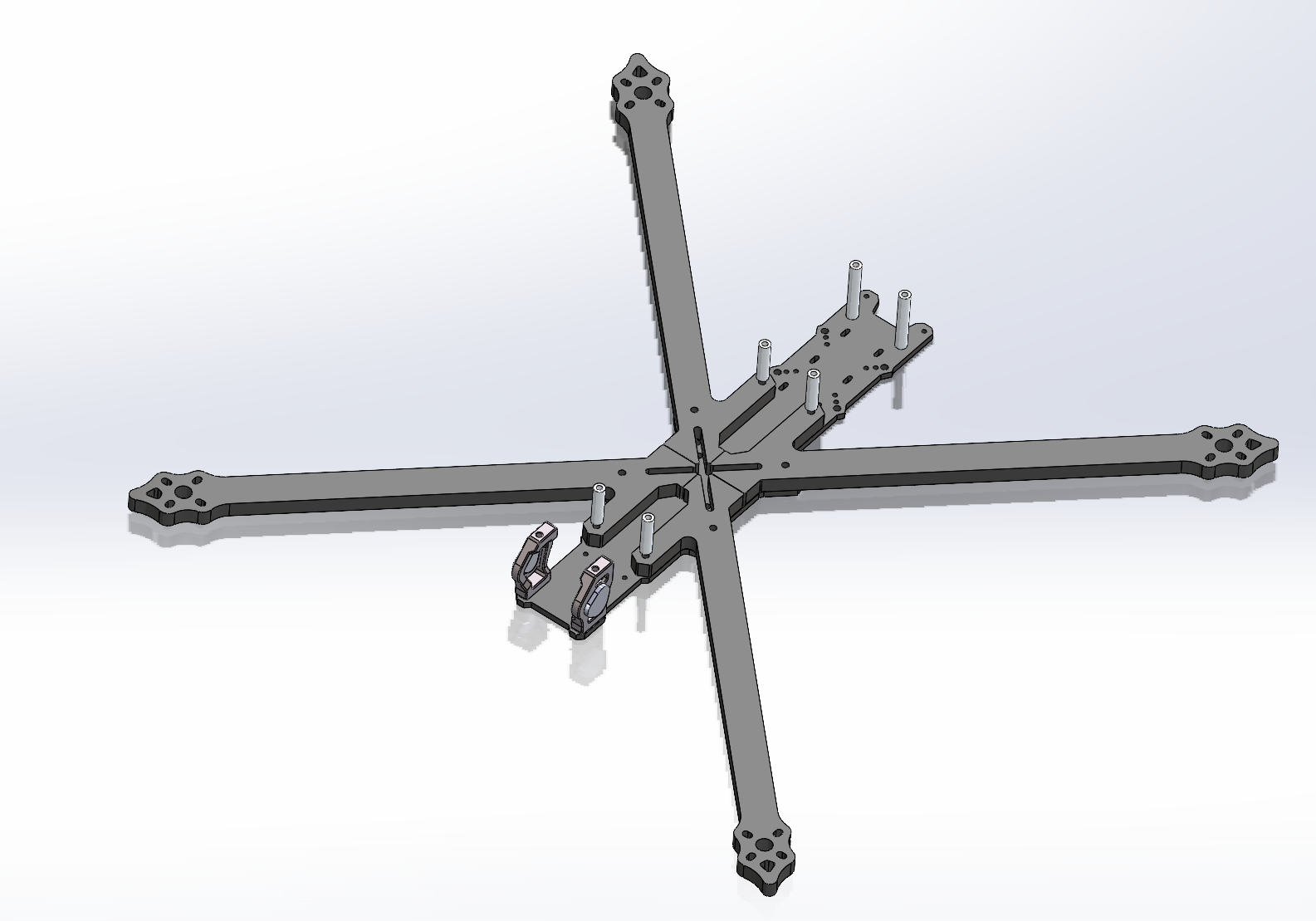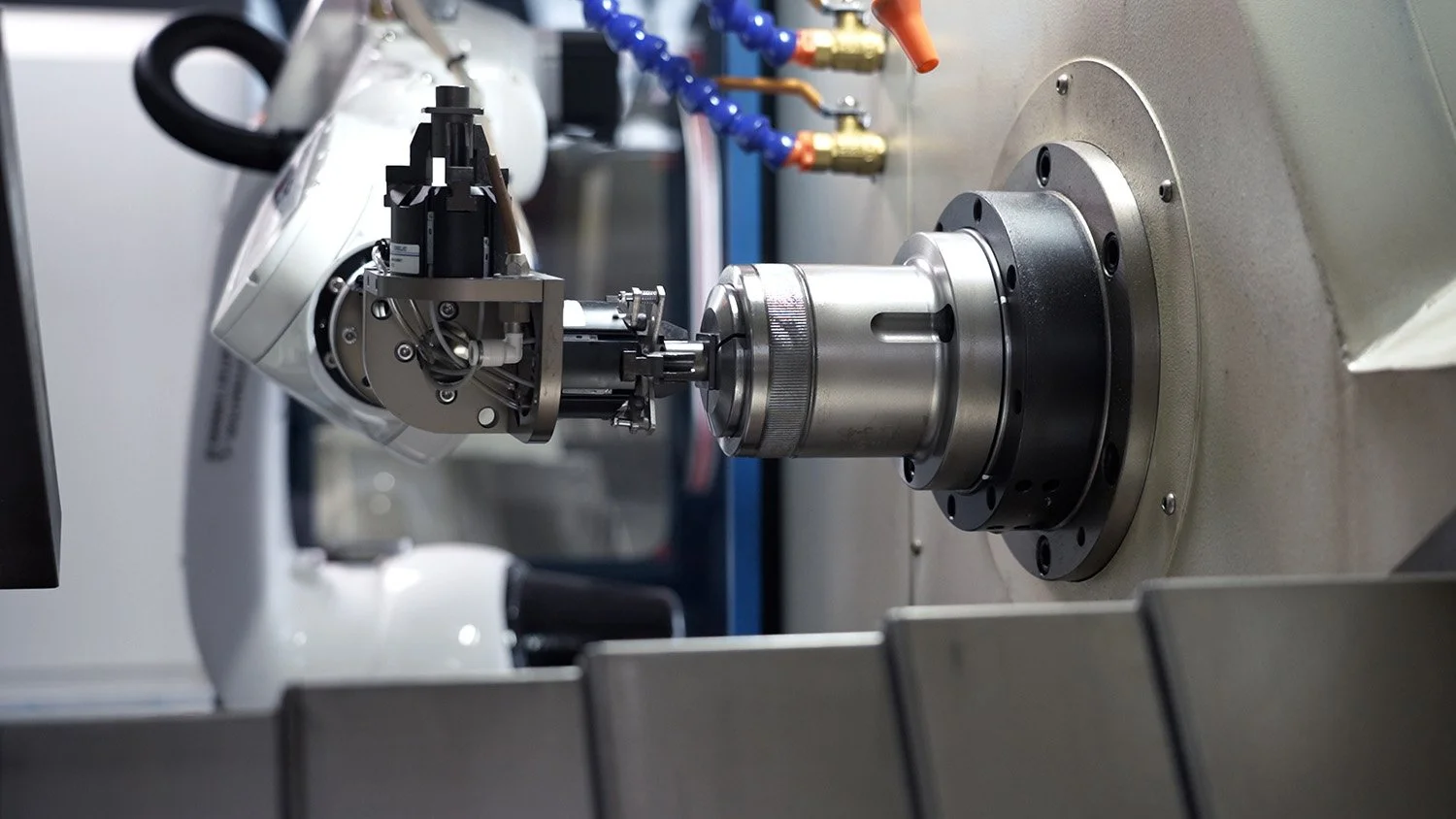The Complete Guide to CNC Milling of Engineering Plastics: Precision Manufacturing for Advanced Applications
Executive Summary
CNC milling of engineering plastics represents a specialized manufacturing discipline that requires unique expertise, equipment, and processes to achieve the precision, surface quality, and dimensional stability demanded by high-performance applications. Unlike metal machining, engineering plastics present distinct challenges including thermal sensitivity, low thermal conductivity, and variable material behavior that necessitate specialized machining approaches. This comprehensive guide explores the technical considerations, material properties, and manufacturing strategies for successfully CNC milling engineering plastics such as PEEK, Nylon, Delrin, ULTEM, and polycarbonate. From medical devices and aerospace components to electronic enclosures and industrial parts, properly machined engineering plastics provide the ideal combination of light weight, chemical resistance, electrical insulation, and mechanical performance required across diverse industries.
1 Introduction to Engineering Plastics CNC Milling
CNC milling of engineering plastics encompasses the precision machining of high-performance polymer materials that offer superior mechanical, thermal, and chemical properties compared to commodity plastics. These materials bridge the gap between conventional plastics and metals, providing unique combinations of properties that make them ideal for demanding applications across medical, aerospace, electronics, and industrial sectors. The machining of engineering plastics requires specialized expertise due to their distinct material characteristics that differ significantly from both metals and standard plastics.
Engineering plastics are typically defined by their enhanced performance characteristics including higher strength, improved temperature resistance, better chemical resistance, and superior dimensional stability compared to commodity plastics. Common engineering plastics machined through CNC processes include PEEK (Polyether Ether Ketone), Nylon (Polyamide), Delrin (Polyoxymethylene), ULTEM (Polyetherimide), polycarbonate, and PTFE (Polytetrafluoroethylene). Each material presents unique machining characteristics that must be understood and addressed to achieve optimal results.
The significance of precision CNC milling for engineering plastics continues to grow as these materials replace metals in weight-sensitive applications, corrosion-resistant environments, and electrical insulation applications. The automotive industry utilizes machined engineering plastics for lightweighting initiatives, the medical industry relies on them for biocompatible components and surgical instruments, and the aerospace sector values them for their combination of strength and light weight. Proper machining practices are essential to maintain the inherent properties of these advanced materials while achieving the precise geometries required for their applications.
2 Material Characteristics and Selection
Engineering plastics encompass a diverse range of materials with varying properties that significantly influence their machining characteristics and application suitability:
PEEK (Polyether Ether Ketone) offers exceptional mechanical strength, chemical resistance, and high-temperature performance (continuous use up to 250°C). With a tensile strength of 90-100 MPa and compressive strength of 118 MPa, PEEK can replace metals in many demanding applications. Its low moisture absorption and excellent dimensional stability make it ideal for precision components in harsh environments.
Nylon (Polyamide) provides excellent wear resistance, good mechanical strength, and impact resistance. With various formulations including glass-filled and oil-filled versions, nylon can be tailored for specific applications. Its relatively high moisture absorption requires special consideration during machining and post-processing.
Delrin (POM – Polyoxymethylene) offers high stiffness, low friction, and excellent dimensional stability. With low moisture absorption and good chemical resistance, Delrin machines to exceptional surface finishes and maintains tight tolerances in precision applications.
ULTEM (PEI – Polyetherimide) provides high strength and rigidity, excellent flame resistance, and good electrical properties. With a continuous use temperature of 170°C and UL94 V-0 flame rating, ULTEM is valuable in aerospace, transportation, and electrical applications.
Polycarbonate features high impact strength, optical clarity, and good dimensional stability. Its transparency and impact resistance make it ideal for protective shields, lenses, and display components requiring machining.
Table: Engineering Plastics Properties and Characteristics
| Material | Tensile Strength (MPa) | Continuous Service Temperature (°C) | Moisture Absorption (%) | Key Applications | Machining Difficulty |
|---|---|---|---|---|---|
| PEEK | 90-100 | 250 | 0.1-0.5 | Medical implants, aerospace components | Moderate |
| Nylon 66 | 80-90 | 80-120 | 1.2-1.6 | Gears, bearings, wear pads | Easy to Moderate |
| Delrin (POM) | 60-70 | 85-105 | 0.2-0.3 | Precision mechanisms, gears | Easy |
| ULTEM (PEI) | 105-110 | 170 | 0.25 | Aerospace, electrical components | Moderate |
| Polycarbonate | 55-75 | 115-130 | 0.12-0.35 | Protective shields, lenses | Moderate |
| PTFE | 20-35 | 260 | 0.01-0.05 | Seals, insulators, low-friction parts | Difficult |
3 CNC Milling Techniques for Engineering Plastics
Successful CNC milling of engineering plastics requires specialized techniques that address the unique characteristics of these materials:
Tool Selection and Geometry: Sharp cutting tools with positive rake angles (10-15°) and polished flutes are essential for clean cutting without excessive heat generation. Carbide tools provide the best performance for most engineering plastics, offering sufficient hardness and edge retention. Specialized tool geometries including high helix angles (35-45°) and reduced neck angles minimize cutting forces and prevent material grabbing. For reinforced plastics, polycrystalline diamond (PCD) tools may be necessary to withstand the abrasive nature of fillers.
Cutting Parameters: Higher spindle speeds (10,000-30,000 RPM) with moderate feed rates provide the best results for most engineering plastics, generating sufficient cutting energy while minimizing heat buildup. Depth of cut should be balanced to ensure efficient material removal without causing deflection or excessive stress on the workpiece. Climb milling (down milling) is generally preferred as it produces cleaner cuts and reduces the tendency for material tearing or delamination.
Thermal Management: Despite their lower thermal conductivity compared to metals, engineering plastics are sensitive to heat buildup during machining. Compressed air cooling is typically preferred over liquid coolants to prevent moisture absorption and contamination issues. Through-tool air blast systems provide effective chip evacuation and cooling without the potential damage associated with liquid coolants. For materials prone to heat-related issues, intermittent cutting and reduced cutting speeds help manage temperatures.
Workholding and Fixturing: Low clamping pressures with distributed support prevent distortion and damage to plastic workpieces. Non-marring jaws (plastic, aluminum, or rubber-coated) protect finished surfaces and prevent crushing of delicate features. Vacuum fixturing provides excellent support for thin-walled components and complex geometries without creating stress concentration points.
Chip Management: Unlike metals, engineering plastics produce discontinuous chips that can accumulate and interfere with machining operations. High-pressure air blast systems effectively remove chips from the cutting zone, preventing recutting and surface damage. Specialized chip breakers in tool design help manage continuous chip formation in certain plastics like nylon and Delrin.
4 Technical Considerations and Challenges
CNC milling of engineering plastics presents unique challenges that require specific approaches and solutions:
Thermal Expansion and Dimensional Stability: Engineering plastics have coefficients of thermal expansion 5-10 times higher than metals, making thermal management critical for maintaining dimensional accuracy. Machining operations must account for heat generation that can cause expansion during cutting and subsequent contraction after machining, potentially altering final dimensions. Strategies include allowing parts to cool before final measurements, maintaining consistent temperatures in the machining environment, and compensating for thermal effects in CNC programming.
Moisture Absorption Effects: Some engineering plastics, particularly nylons, absorb moisture from the environment which can affect dimensions and properties. Pre-conditioning materials to equilibrium moisture content before machining ensures dimensional stability. Controlled environments with stable humidity levels prevent variations during and after machining. Sealing surfaces after machining may be necessary for applications requiring dimensional stability in varying humidity conditions.
Stress Relief and Annealing: Engineering plastics may contain residual stresses from manufacturing processes that can be released during machining, causing distortion. Stress-relieving through annealing before machining minimizes this risk. For critical applications, post-machining annealing stabilizes components but may require additional finishing operations to address minor dimensional changes.
Surface Finish Considerations: Achieving optimal surface finishes requires balancing cutting parameters, tool geometry, and material behavior. Excessive heat can cause melting or smearing of the surface, while too little heat may result in tearing or poor finish. Progressive finishing passes with decreasing depth of cut and increasing speed typically produce the best surface quality. For optical applications, specialized polishing techniques may be required after machining.
Hygroscopic Material Challenges: Materials with high moisture absorption require special handling to prevent dimensional changes and surface defects. Dry machining environments, immediate sealing of machined surfaces, and controlled storage conditions maintain stability between machining and application.
Table: CNC Milling Parameters for Engineering Plastics
| Material | Spindle Speed (RPM) | Feed Rate (mm/tooth) | Depth of Cut (mm) | Cooling Method | Surface Finish (Ra μm) |
|---|---|---|---|---|---|
| PEEK | 12,000-18,000 | 0.08-0.15 | 0.5-2.0 | Compressed Air | 0.4-0.8 |
| Nylon | 10,000-16,000 | 0.10-0.20 | 1.0-3.0 | Compressed Air | 0.8-1.6 |
| Delrin | 14,000-20,000 | 0.12-0.25 | 1.0-4.0 | Compressed Air | 0.4-0.8 |
| ULTEM | 12,000-16,000 | 0.08-0.15 | 0.5-2.0 | Compressed Air | 0.8-1.6 |
| Polycarbonate | 10,000-15,000 | 0.10-0.18 | 1.0-3.0 | Compressed Air | 0.4-0.8 |
| PTFE | 8,000-12,000 | 0.05-0.12 | 0.5-1.5 | Compressed Air | 1.6-3.2 |
5 Quality Assurance and Metrology
Maintaining quality in CNC milled engineering plastic components requires specialized approaches that account for material characteristics:
Dimensional Verification: Coordinate measuring machines (CMM) with appropriate probing forces (typically 0.1-0.5N) prevent deflection of plastic components during measurement. Temperature stabilization before measurement accounts for thermal expansion effects, with measurements ideally conducted at standard room temperature (20°C). Appropriate fixturing supports components without inducing stress or distortion during measurement.
Surface Finish Analysis: Non-contact profilometers or light interferometers provide accurate surface texture measurements without potentially damaging soft plastic surfaces. Multiple measurements at different locations account for potential variations in surface finish due to material anisotropy or machining effects. Visual inspection under appropriate lighting identifies surface defects not detectable through quantitative measurement alone.
Material Integrity Verification: Hardness testing using appropriate scales (Rockwell R, M, or E scales) verifies material properties without causing excessive indentation damage. Chemical resistance testing may be necessary for applications involving exposure to specific chemicals or solvents. Electrical testing verifies insulation properties for electrical applications.
Documentation and Traceability: Material certifications ensure compliance with required specifications and standards. Process documentation including machining parameters provides traceability and enables process optimization. Certificates of conformity document compliance with all specified requirements.
6 Applications and Case Studies
CNC milling of engineering plastics serves critical functions across diverse industries where the unique properties of these materials provide advantages over metals and other materials:
Case Study 1: Medical Device Components
A medical device manufacturer required surgical instrument handles from PEEK material with complex ergonomic contours and precise mounting features for internal mechanisms. The components needed to withstand repeated sterilization cycles while maintaining dimensional stability and aesthetic appearance.
Challenge: Machine 5,000 components from medical-grade PEEK with biocompatible certification, surface finish of Ra 0.8μm on all patient-contacting surfaces, and dimensional stability through autoclave sterilization cycles. The complex contours required 5-axis machining capability with minimal tool marks visible on finished surfaces.
Solution: 5-axis CNC machining centers with high-speed spindles (24,000 RPM) and specialized tooling produced the complex geometries with the required precision. Progressive machining strategies with roughing, semi-finishing, and finishing operations achieved the required surface finish. Compressed air cooling maintained temperatures without introducing contaminants, and custom fixturing supported the complex geometries without distortion.
Results: The components achieved all dimensional and surface finish requirements, with 99.7% first-pass yield. The surgical instruments have performed successfully through repeated sterilization cycles with no degradation in performance or appearance. The manufacturing process validated during production enabled scaling to higher volumes as demand increased.
Case Study 2: Aerospace Interior Components
An aerospace manufacturer needed aircraft interior panels from ULTEM 1000 with complex cutouts for lighting, ventilation, and mounting features. The components required FST (flame, smoke, toxicity) certification for aircraft interiors and light weight to reduce overall aircraft weight.
Challenge: Machine large panels (1200×800mm) from ULTEM sheet material with precision cutouts maintaining ±0.1mm positional tolerance and edge quality without delamination or tearing. The panels needed to maintain flatness within 0.5mm across the entire surface while reducing weight compared to previous metal designs.
Solution: Large-format CNC machining centers with vacuum fixturing maintained panel flatness during machining. Specialized cutter geometry with polished flutes produced clean edges without delamination. Adaptive toolpaths with constant chip load maintained consistent cutting conditions across the large work area, while high-speed machining strategies minimized heat buildup.
Results: The ULTEM panels achieved 35% weight reduction compared to previous metal designs while meeting all FST requirements for aircraft interiors. The precision cutouts maintained positional accuracy within specification, and the panels installed without modification. The project demonstrated successful application of engineering plastics in critical aerospace applications.
Case Study 3: Electronic Enclosure Components
An electronics manufacturer required RF test fixture components from Delrin with precision waveguide channels and mounting features for electronic components. The components needed excellent dimensional stability to maintain precise RF characteristics and low moisture absorption for consistent performance in varying environmental conditions.
Challenge: Machine complex waveguide channels with surface finish of Ra 0.4μm and dimensional accuracy of ±0.025mm on critical features. The deep channels and thin walls required specialized machining approaches to prevent tool deflection and maintain straightness over long reaches.
Solution: CNC machining centers with high-pressure air blast provided effective chip evacuation from deep channels. Long-reach tools with reduced neck diameters and stable toolpaths minimized deflection during machining. Progressive finishing operations with decreasing stepovers achieved the required surface finish in deep channels, while in-process measurement verified critical dimensions before part removal.
Results: The Delrin components achieved all dimensional and surface finish requirements, with RF performance exceeding specifications. The low moisture absorption of Delrin ensured stable performance across environmental conditions, and the excellent machinability of the material enabled cost-effective production of the complex geometries.
7 Future Trends in Engineering Plastics Machining
The field of CNC milling for engineering plastics continues to evolve with several emerging trends shaping future capabilities and applications:
Advanced Material Development: New engineering plastic formulations with enhanced properties including higher temperature resistance, improved wear characteristics, and better dimensional stability are expanding application possibilities. Composite materials combining engineering plastics with reinforcing fibers or fillers create materials with tailored properties for specific applications.
Digital Manufacturing Integration: The digital thread concept connects design, manufacturing, and quality data throughout the product lifecycle, providing complete traceability and visibility. Additive and subtractive hybridization combines 3D printing for complex features with CNC machining for precision surfaces, creating new possibilities for part geometries and production efficiency.
Sustainability Initiatives: Recycled engineering plastics with properties approaching virgin materials support sustainability goals without compromising performance. Energy-efficient machining strategies reduce environmental impact while maintaining quality and productivity.
Smart Manufacturing Technologies: IoT-enabled machining centers provide real-time monitoring of cutting conditions, tool wear, and process stability. Adaptive control systems automatically adjust machining parameters based on real-time feedback, optimizing the process for varying material conditions.
Miniaturization: The continuing trend toward smaller components with more complex features drives advancements in micro-machining capabilities for engineering plastics. Medical devices and electronics applications particularly benefit from these advancements.
8 Conclusion: The Strategic Value of Engineering Plastics Machining
CNC milling of engineering plastics provides manufacturing capabilities that are essential for producing high-performance components where the unique properties of these advanced materials offer advantages over metals and other traditional materials. The continuing advancement of machining technology, tooling, and process control enables ever-higher levels of precision and efficiency, making CNC-machined engineering plastics an increasingly valuable manufacturing solution across diverse industries.
The strategic importance of engineering plastics machining capabilities extends beyond simple part production to encompass product performance, weight reduction, corrosion resistance, and design flexibility. Companies that maintain or have access to advanced engineering plastics machining capabilities can develop products with higher performance specifications, improved reliability, and reduced life cycle costs.
At JL YPT, we combine state-of-the-art CNC milling equipment with extensive experience in engineering plastics processing to deliver components that meet the most demanding specifications. Our facilities include 5-axis machining capabilities, climate-controlled environment, and comprehensive metrology equipment that ensure your engineering plastic components receive the precision machining services they require.
Ready to discuss your engineering plastic machining project? Contact JL YPT today to leverage our expertise for your most challenging plastic components.

